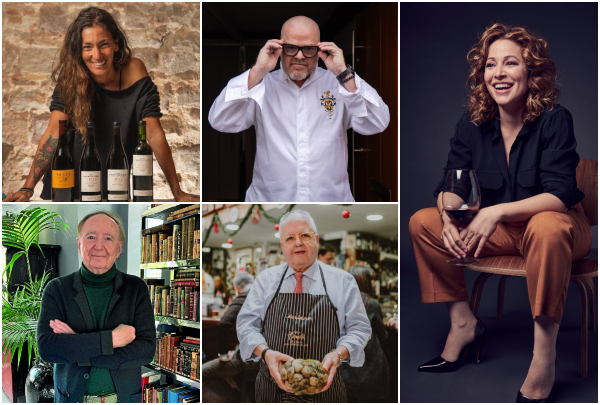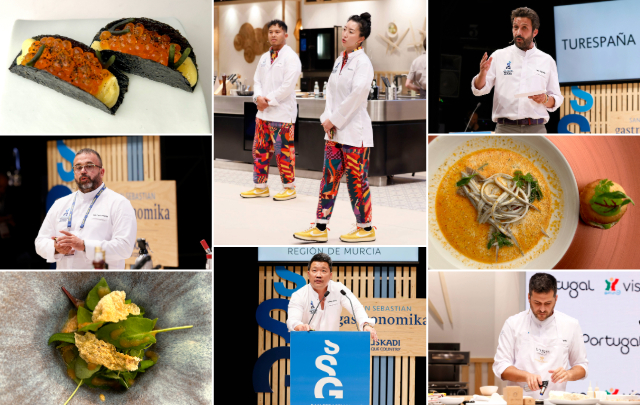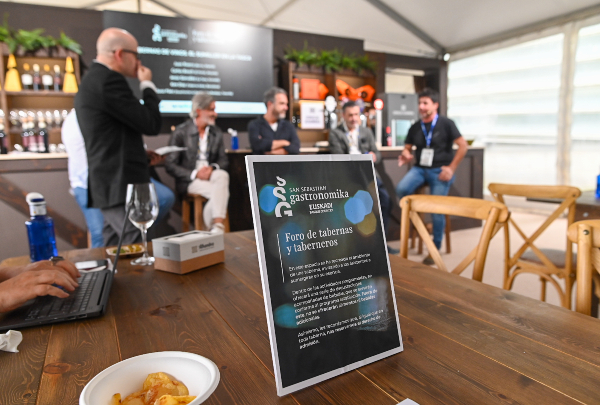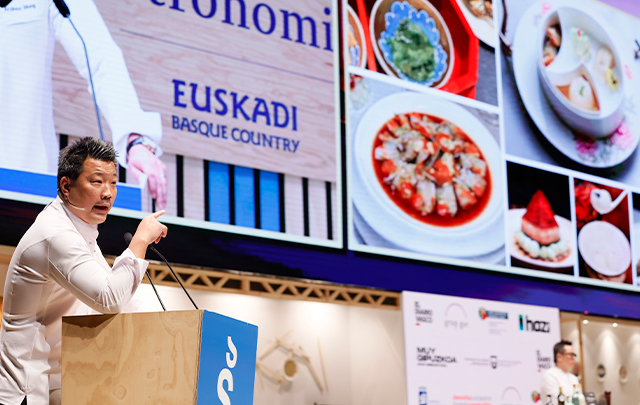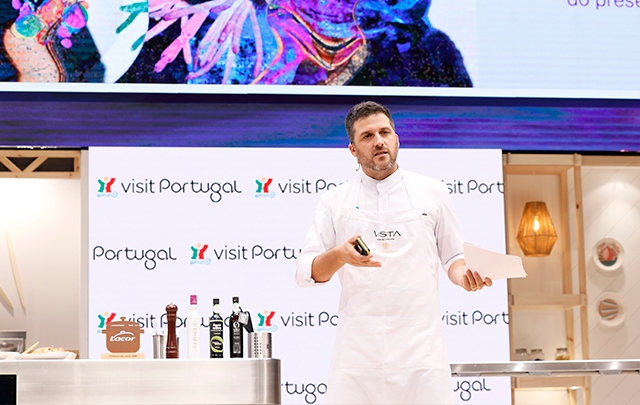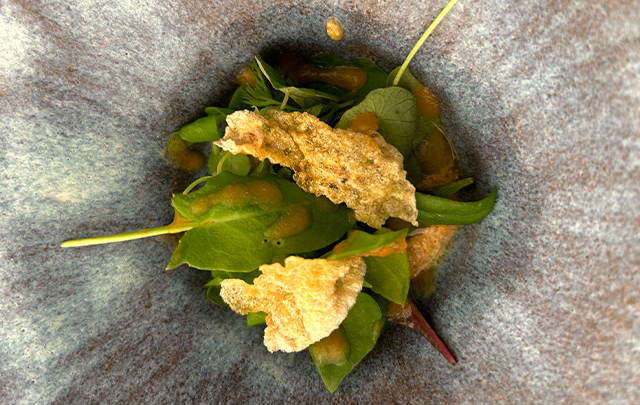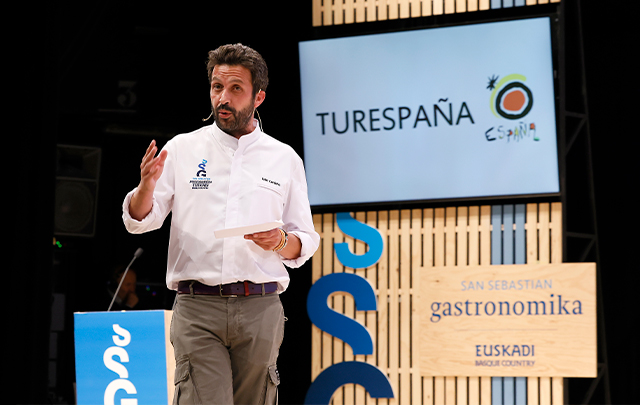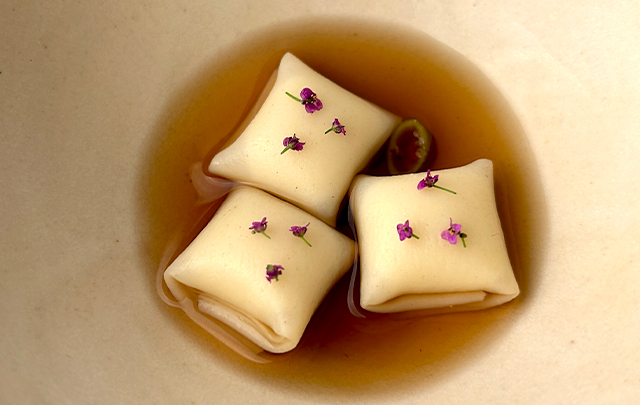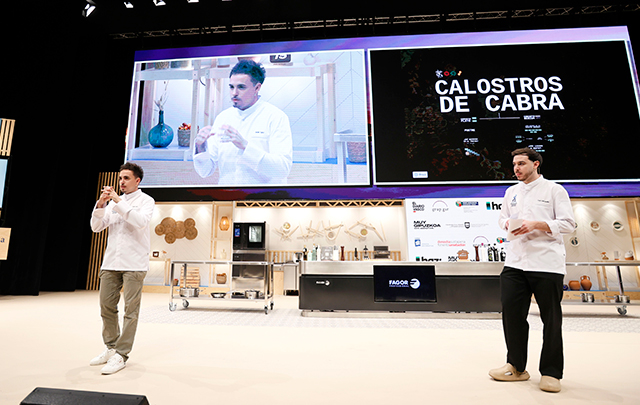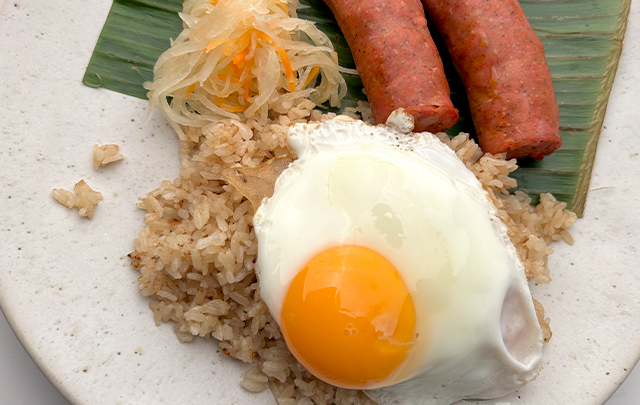News
Osa's wild cuisine that reclaims the home
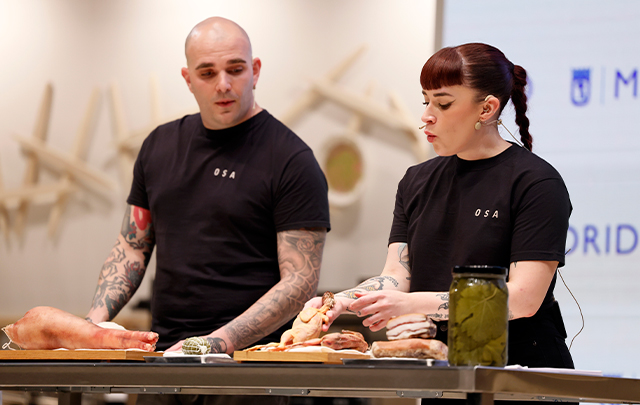
Sara Peral and Jorge Muñoz come to Gastronomika to share the revolution of their cuisine, which was awarded its first Michelin star this year.
Trained in top restaurants such as Coque and La Tasquita, they met at Mugaritz, although it took a while for them to join forces, one through DiverXO, Pedegrú and Lafayette, the other through La Tasquita and Picones de María. All of which are undoubtedly the best credentials for the successful tandem that has revolutionised the capital's gastronomic scene. In their restaurant, Osa*, they prepare a cuisine of the land and the season, without masking it, and with the warmth of a restaurant. We are not the restaurants we have been to, we want to create our own destiny and show our own way of understanding gastronomy,' says Sara.
Jorge and his partner, Álvaro, were responsible for defining Osa's three values, which serve as cardinal points to define this path. Mother and home, as guarantors of a protective identity that appeals to family and warmth, which they have reflected in the establishment that houses the proposal, 'a house on the banks of the city, a haven of peace away from the asphalt', where they offer a cuisine of the past with an eye to the present, 'because when tradition is better than the avant-garde, you have to go for it', says Jorge. And family is also what they have achieved, forming a team "where there are no hierarchies or positions, only objectives and responsibilities, where everyone can develop their best technique, both in the kitchen and in the dining room", they argued.
And they spoke of the third cardinal point in relation to their Wild concept of cuisine, based on maximum respect for the product, its origin and season, as well as cooking techniques such as curing and preserving to get the best out of it. Seasonality and rest, time is always the best ingredient," they say.
The art of curing
And to prove wrong those who think that Osa is radical and only cooks game, today the Kursaal kitchen has introduced two powerful dishes to its autumn menu. On the one hand, the quail is cured whole for two weeks, then boned and wrapped in slices of bacon cured with salt, sugar and pepper for four months, then wrapped in vine leaves cured in brine and tied in a net "that a stocking maker makes for us in the traditional way". It is left to mature for another week 'to obtain a texture similar to that of a knuckle', to be served in the form of a medallion, bathed in a broth made from the roasted carcasses of quail and a little butter.
The second dish was a zampone made from minced pork mixed with wine and spices and matured for a month 'until it loses 30% of its volume' inside a Celtic pig's leg, 'because it is the breed with the largest limbs in the whole peninsula and its meat is very juicy and has a greater capacity for dehydration'. A portion was cooked in a pressure cooker in a net and served with Daganzo chickpeas, "a variety with very little skin and a great capacity for absorbing flavours", washed down with a broth made from pig's tails.


